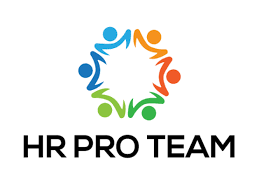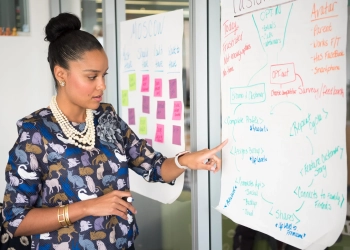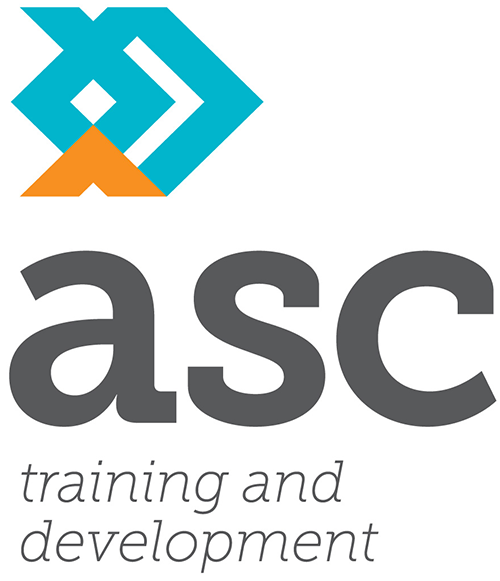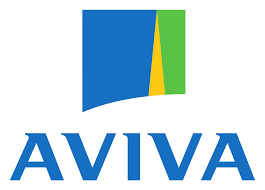Unlock Powerful Problem-Solving Skills — Train With Confidence And Flexibility.
Give your learners the flexibility to attend single-day in-house problem-solving skills courses or participate in shorter courses online.
You can deliver this problem-solving training course material to help your participants build professional problem-solving skills and to develop versatile problem-solving techniques.
Whether you’re just starting or have been in business for years, this training material promotes a practical training course while providing an editable offering, perfect for professionals who want to save time or who are under tight deadlines.
Why Choose This Problem-Solving Course?
- Immediate Impact: Give your participants proven, practical tools they can use right away to solve real business problems and drive results.
- Flexible Delivery: Run engaging, single-day in-house sessions or break the content into shorter, interactive online modules—adaptable for any schedule or audience.
- Fully Editable: All materials are 100% customizable, so you can tailor the content to your team’s unique needs or your organization’s branding—no starting from scratch.
- Comprehensive Coverage: Participants master 10 essential problem-solving techniques, a robust seven-step process, and powerful planning methods like the PDCA Cycle and Force Field Analysis.
- Actionable Outcomes: Learners walk away with clear strategies to identify, analyze, and resolve problems, overcome resistance to change, and avoid common pitfalls that derail solutions.
Key Benefits At A Glance.
- Save Preparation Time: Get everything you need in one package—no more late nights designing slides or handouts.
- Boost Engagement: Keep learners motivated with interactive exercises, real-world scenarios, and practical action plans.
- Drive Real Results: Equip your team with versatile skills that translate directly to better decision-making and business performance.
Perfect For:
- Trainers and facilitators seeking a proven, editable curriculum.
- Organizations aiming to upskill employees quickly and effectively.
- Professionals who want to deliver high-impact training with minimal prep.
Trusted By Leading Brands.
Join the companies already seeing results from Oak Innovation’s training solutions. Order now and start building a culture of confident, creative problem-solvers — today.
Topics Covered.
1. Problem solving techniques.
- How to define problem solving.
- Why we need to solve problems.
- How can the gap between what is happening and what is desired be shortened?
- How to use reflection techniques when solving problems.
2. Ten problem-solving techniques.>
- Brainstorming.
- TPN Analysis.
- Matrix Analysis.
- Paired Comparisons.
- Team Purpose Analysis.
- A Cause And Effect Diagram.
- SWOT Analysis.
- We examine the 5 Ws.
- The 5 Whys technique.
- The Six Thinking Hats.
3. Planning and implementing projects.
- The fundamentals of planning.
- The PDCA Cycle.
4. Force Field Analysis.
- A force-field analysis.
- How to plan and implement a change program.
- Overcoming resistance to change.
- Driving and restraining forces.
5. An effective seven-step problem-solving process.
- How to identify the problem.
- How to explore the problem.
- Setting goals.
- Alternative solutions.
- How to select the best solution.
- Practical approaches to implementing a solution.
- How to evaluate problems.
6. Why can problem-solving fail?
- Poor problem-solving techniques.
- A lack of focus.
- The impact of a lack of resources.
- Non-implementable solutions.
Learning Objectives.
Your participants will:
- Explore a definition of problem-solving.
- Examine different types of problems.
- Discuss ten problem-solving techniques.
- Explore two effective planning techniques.
- Understand a seven-step problem-solving model.
- Understand why problem-solving techniques can sometimes fail.
- Examine what problem-solving methods are best.
What You Get:
- Course Workbook (77 pages)
- Detailed Instructor Manual
- Slide Deck (33 slides)
- Training Games
- Icebreakers
- Training Guides
- Customizable Course Tests
- Activities and Exercises
- Reading Lists
- Marketing Materials
- Action Plans


























![The Ultimate Trainer Bundle 2.0 [Updated]](https://www.oakinnovation.com/wp-content/uploads/2024/08/centre-for-ageing-better-cPyO3GEYjZ4-unsplash-2048x1365-1-350x250.webp)







































